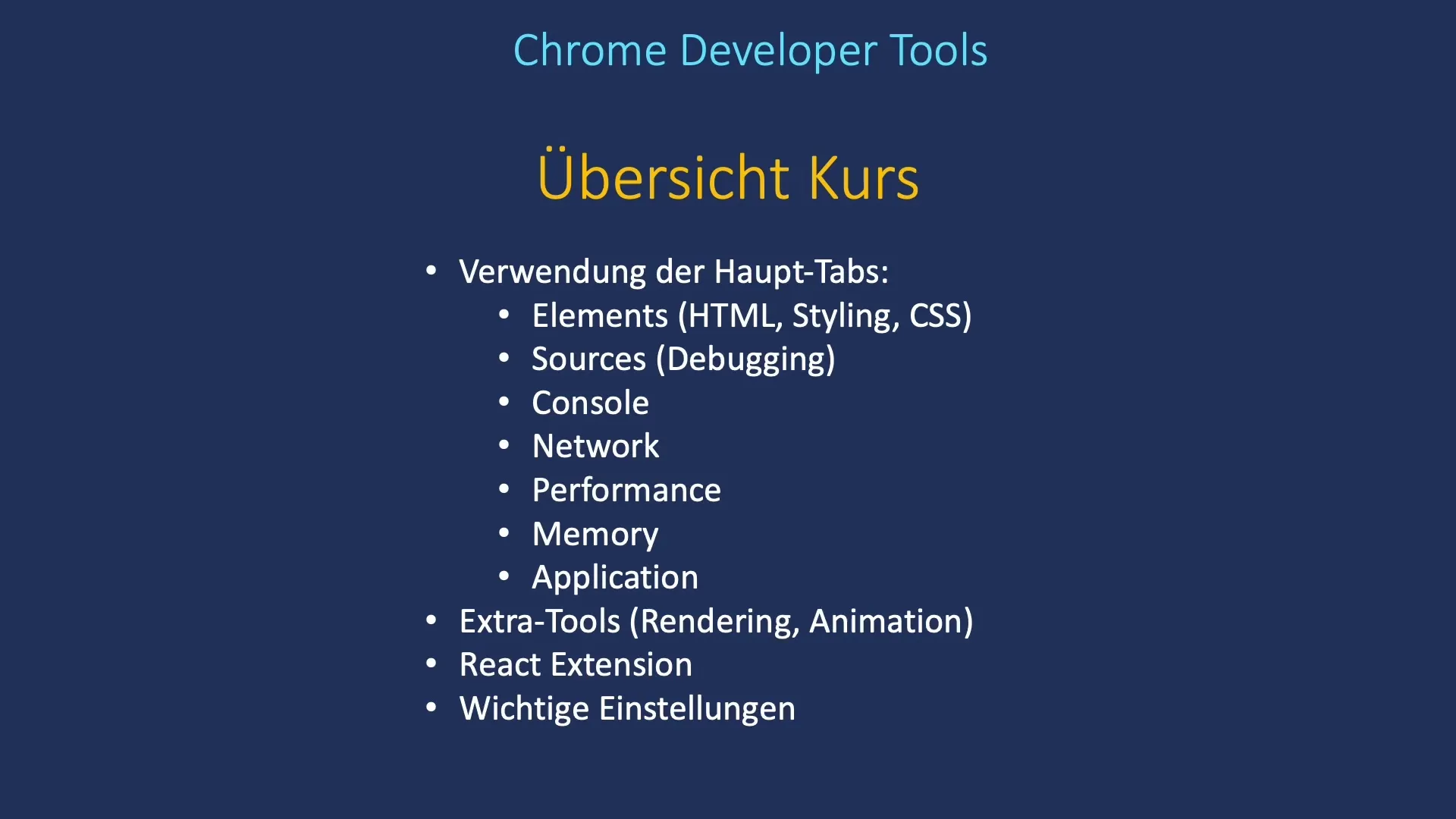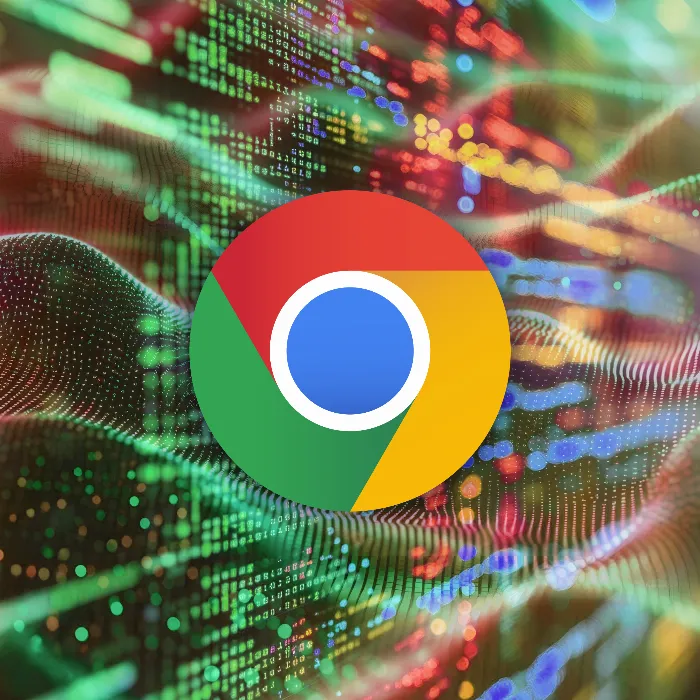Welcome to my comprehensive tutorial on the Chrome Developer Tools. In this course, you will learn how to effectively work with Google Chrome's developer tools to analyze, debug, and optimize websites. Whether you are a beginner or have experience, this course will provide you with valuable insights and expand your skills in working with the Developer Tools.
Key Takeaways
The main points you should take away from this course are:
- Analysis and modification of website structures (HTML, CSS).
- Debugging of JavaScript and other programming languages.
- Performance optimization of your web applications.
- Handling of network communication (HTTP, WebSockets).
- Inspection and manipulation of PWA features.
Step-by-Step Guide
1. Introduction to the Chrome Developer Tools
First and foremost, it is important to understand what the Chrome Developer Tools are and what they can be used for. These tools allow you to inspect and even modify the structure of a website. You can immediately see how these changes affect the display of the website.

2. Debugging JavaScript
A central aspect of the Developer Tools is debugging JavaScript. Here you can identify and fix errors in your code, which is particularly important when working with frameworks like React. In this course, I will show you how to set breakpoints and analyze the call stack. This will help you better understand how your code works.
3. Performance Optimization
Another important feature of the developer tools is performance optimization. You can check how your scripts are running and which resources are being loaded. This allows you to identify bottlenecks or slow loading times and take appropriate actions.
4. Identifying Memory Issues
An essential part of using the Developer Tools is checking for memory issues. Here you can determine if there are memory leaks or if your application requires excessive memory. This information is crucial for the performance of your web application.
5. Working with PWAs
When working with Progressive Web Applications (PWAs), you can inspect locally stored data, service workers, and IndexedDB using the Developer Tools. You have the ability to modify values in Local Storage and register or reject service workers.
6. Network Analysis
Network traffic analysis is another important topic. In the Developer Tools, you can inspect HTTP requests, WebSocket traffic, and other network communications. This helps you identify timing issues and other data transfer errors.
7. Accessibility and Barriers
Accessibility inspection is an often neglected area that you should not ignore. The Developer Tools provide you the opportunity to highlight accessibility issues and make corresponding optimizations.
8. Key Tabs
In our course, we will go through the key tabs in the Developer Tools. This includes the "Elements" tab, where you can view and edit all HTML and CSS elements of a page, as well as the "Sources" tab, which focuses on debugging.

9. Introduction to the Network Tab
The Network Tab is crucial for monitoring all incoming and outgoing requests. Here you can see which resources are being loaded and where problems may arise.
10. Performance and Memory Tabs
In these tabs, you can analyze the performance of your application in detail and check how much memory is being consumed. This gives you valuable insights to make improvements.
11. Using Modern Features
In the Application Tab, you can explore modern features such as Application Cache and various PWA functions. Here we explain how you can efficiently utilize these tools.
12. Additional Tools and Extensions
Some additional tools and extensions can help you work even more efficiently. I will show you which tools they are and how they can help you with specific requirements, e.g. working with React.
13. Optimizing settings
At the end of the course, I will also address the most important settings within the Developer Tools that you can adjust to make your development even smoother.
14. Requirements for the course
In order to participate in this course, you should have basic knowledge of JavaScript as well as experience in HTML and CSS. It is also important that you have Google Chrome installed and are familiar with how to open the Developer Tools.

15. Creating your own website
You will also learn how to quickly set up your own website with a local server to use the Developer Tools and debug your own projects.
Summary
In this course, you have learned the basic functions of the Chrome Developer Tools. You now know how the tools can help you analyze, debug, and optimize the performance of websites. The knowledge you acquire here will be of great use in your future web development.
Frequently Asked Questions
What are Chrome Developer Tools?Chrome Developer Tools are a collection of development and debugging tools integrated into Google Chrome.
How can I open the Developer Tools?You can open Developer Tools by right-clicking on a webpage and selecting "Inspect" or by pressing F12.
Are prerequisites required?A basic understanding of HTML, CSS, and JavaScript is recommended.
Where can I find additional resources?You can find additional resources on the official Google Developer website and in various tutorials online.
How long does this course take?The course is structured so that you can absorb the information in about an hour.

